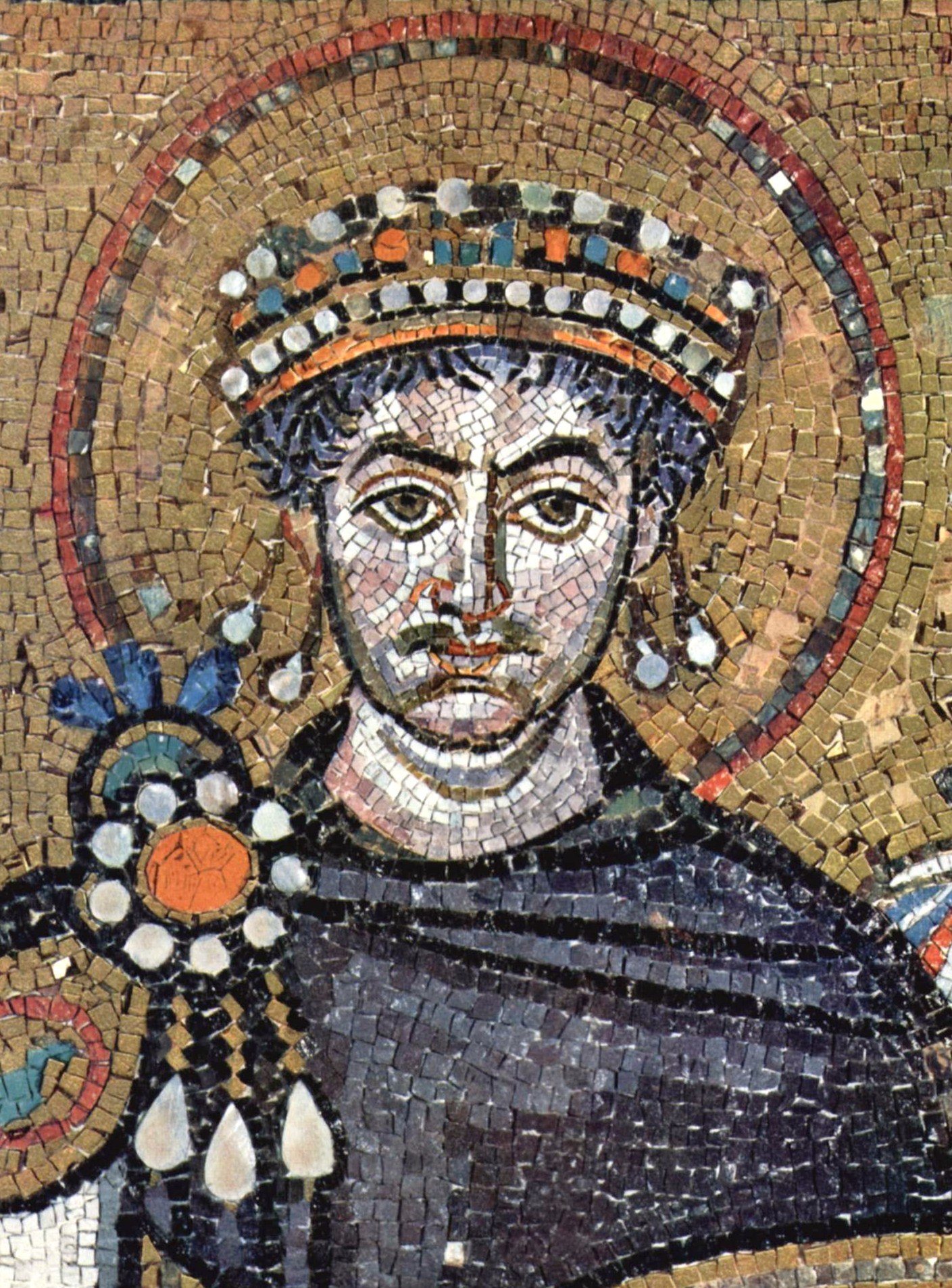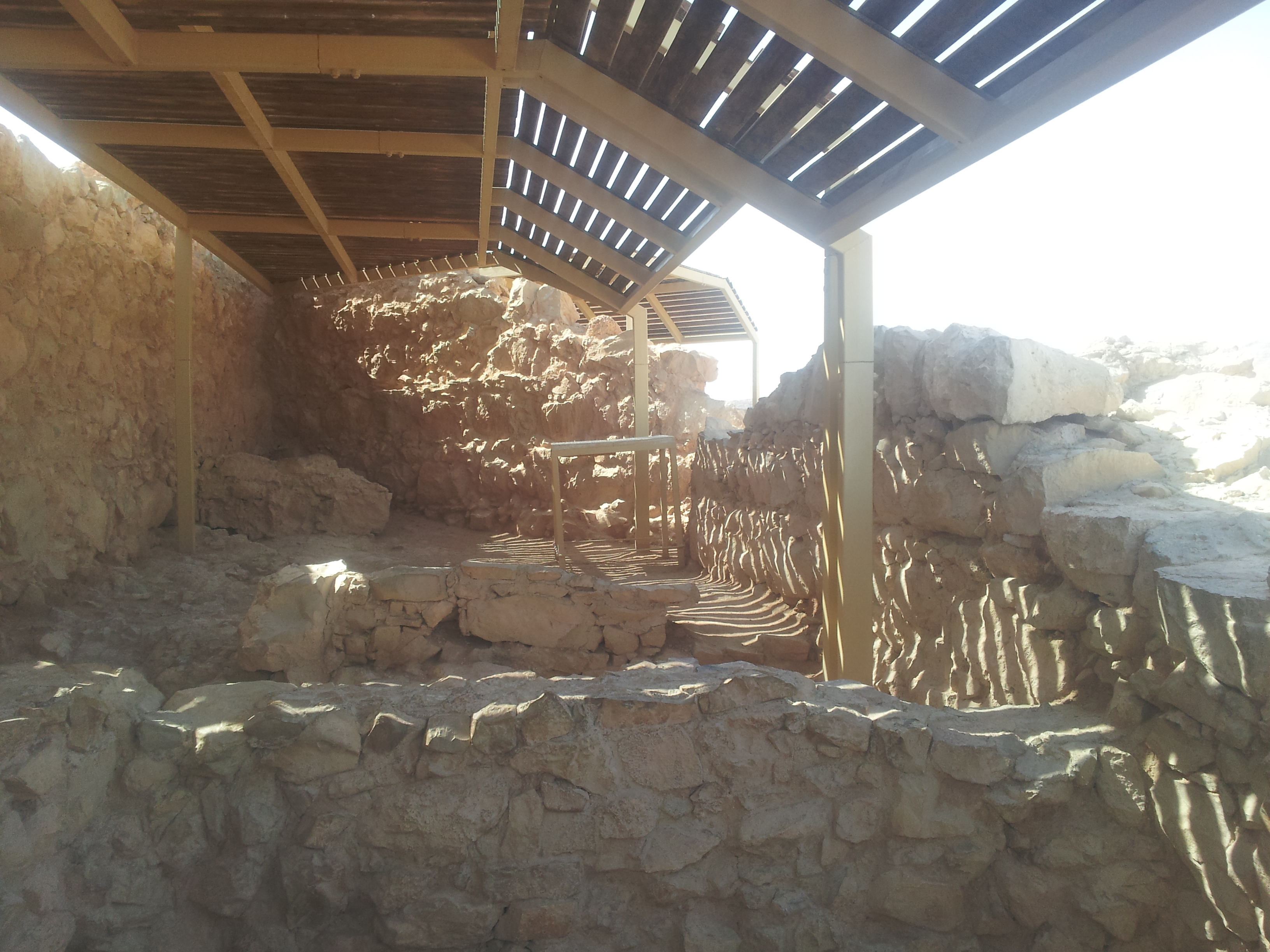|
Prizren Fortress
Prizren Fortress (; , ''Prizrenski grad'') is a hilltop fortification in Prizren in Kosovo. It overlooks the Prizren River which flows through Prizren, which developed around the fortress. The site of the fortress of Prizren has seen habitation and use since the Bronze Age (ca. 2000 BC). In late antiquity it was part of the defensive fortification system in western Dardania and was reconstructed in the era of eastern Roman Emperor Justinian. Byzantine rule in the region ended definitively in 1219–20 as the Serbian Nemanjić dynasty controlled the fort until 1371. Since 1371, a series of regional feudal rulers came to control Prizren and its fort: the Balšić, the Dukagjini, the Hrebeljanović and finally the Branković, often with Ottoman support. The Ottoman Empire assumed direct control after 1450 and over time turned the fort into a central stronghold in the Eyalet of Rumelia. Much of the modern fortress dates to the 18th century reconstruction phase. The fortress ... [...More Info...] [...Related Items...] OR: [Wikipedia] [Google] [Baidu] |
Prizren
Prizren ( sq-definite, Prizreni, ; sr-cyr, Призрен) is the second List of cities and towns in Kosovo, most populous city and Municipalities of Kosovo, municipality of Kosovo and seat of the eponymous municipality and District of Prizren, district. It is located on the banks of the Prizren Bistrica, Prizren River between the foothills of the Sharr Mountains in southern Kosovo. Prizren experiences a continental climate with some mediterranean climate, mediterranean influences. Prizren is constitutionally designated as the historical capital of the country. Archaeological excavations in Prizren Fortress indicate that its fortress area has seen habitation and use since the Bronze Age. Prizren has been traditionally identified with the settlement of Theranda in Roman Dardania (Roman province), Dardania, although other locations have been suggested in recent research. In late antiquity it was part of the defensive fortification system in western Dardania and the fort was recons ... [...More Info...] [...Related Items...] OR: [Wikipedia] [Google] [Baidu] |
Justinian
Justinian I (, ; 48214 November 565), also known as Justinian the Great, was Roman emperor from 527 to 565. His reign was marked by the ambitious but only partly realized ''renovatio imperii'', or "restoration of the Empire". This ambition was expressed by the partial recovery of the territories of the defunct Western Roman Empire. His general, Belisarius, swiftly conquered the Vandal Kingdom in North Africa. Subsequently, Belisarius, Narses, and other generals Gothic War (535–554), conquered the Ostrogothic Kingdom, restoring Dalmatia, Sicily, Italian peninsula, Italy, and Rome to the empire after more than half a century of rule by the Ostrogoths. The Liberius (praetorian prefect), praetorian prefect Liberius reclaimed the south of the Iberian Peninsula, establishing the province of Spania. These campaigns re-established Roman control over the western Mediterranean, increasing the Empire's annual revenue by over a million ''solidi''. During his reign, Justinian also subdued ... [...More Info...] [...Related Items...] OR: [Wikipedia] [Google] [Baidu] |
List Of Serbian Monarchs
This is an archontological list of Serbian monarchs, containing monarchs of the medieval principalities, to heads of state of modern Serbia. The Serbian monarchy dates back to the Early Middle Ages. The Serbian royal titles used include Knyaz (Prince), Grand Župan ( Grand Prince), King, Tsar (Emperor) and Despot. Early medieval Serbian states (7th century–1166) Vlastimirović dynasty (7th century–960) The Vlastimirović dynasty was the first royal dynasty of the Serb people. Byzantine emperor Constantine VII ''Porphyrogenitus'' (r. 913–959) mentions that the Serbian throne is inherited by ''the son'', i.e. the first-born, though in his enumeration of Serbian monarchs, on one occasion there was a triumvirate. ,, The Serbs established several polities by the 10th century: ''Serbia'' or ''Zagorje'' (''hinterlands'') which consisted of Serbia and small land of Bosnia; and '' Pomorje'' (''maritime'') which consisted of Dioclea, Zachlumia, Pagania, Travunia ... [...More Info...] [...Related Items...] OR: [Wikipedia] [Google] [Baidu] |
Stefan Dušan
Stephen (honorific), Stefan Uroš IV Dušan ( sr-Cyrl, Стефан Урош IV Душан), also known as Dušan the Mighty ( sr-Cyrl, Душан Силни; – 20 December 1355), was the King of Serbia from 8 September 1331 and Emperor of the Serbs, Emperor of the Serbs, Greeks, Bulgarians and Albanians from 16 April 1346 until his death in 1355. Dušan is considered one of the greatest medieval Balkan conquerors. Dušan conquered a large part of southeast Europe, becoming one of the most powerful monarchs of the era. Under Dušan's rule, Serbia was the most powerful state in Southeast Europe and one of the most powerful European states. It was an Eastern Orthodoxy, Eastern Orthodox, multi-ethnic, and multilingual empire that stretched from the Danube in the north to the Gulf of Corinth in the south, with its capital in Skopje. He enacted the constitution of the Serbian Empire, known as Dušan Code, perhaps the most important List of medieval Serbian literature, literary work ... [...More Info...] [...Related Items...] OR: [Wikipedia] [Google] [Baidu] |
Procopius
Procopius of Caesarea (; ''Prokópios ho Kaisareús''; ; – 565) was a prominent Late antiquity, late antique Byzantine Greeks, Greek scholar and historian from Caesarea Maritima. Accompanying the Roman general Belisarius in Justinian I, Emperor Justinian's wars, Procopius became the principal Roman historian of the 6th century, writing the ''History of the Wars'', the ''Buildings'', and the ''Secret History''. Early life Apart from his own writings, the main source for Procopius's life is an entry in the ''Suda'',Suda pi.2479. See under 'Procopius' oSuda On Line a Byzantine Greek encyclopaedia written sometime after 975 which discusses his early life. He was a native of Caesarea Maritima, Caesarea in the Roman province, province of ''Palaestina Prima''. He would have received a conventional upper-class education in the Greek literature, Greek classics and rhetoric, perhaps at the famous Rhetorical School of Gaza, school at Gaza. He may have attended law school, possibly at La ... [...More Info...] [...Related Items...] OR: [Wikipedia] [Google] [Baidu] |
Dardani
The Dardani (; ; ) or Dardanians were a Paleo-Balkan languages, Paleo-Balkan people, who lived in a region that was named Kingdom of Dardania, Dardania after their settlement there. They were among the oldest Balkan peoples, and their society was very complex. The Dardani were the most stable and conservative ethnic element among the peoples of the central Balkans, retaining an enduring presence in the region for several centuries. Ancient tradition considered the Dardani as an Illyrians, Illyrian people.Kosovo: A Short History p. 363 'As Papazoglu notes, most ancient sources classify Dardanians as Illyrians. Her reasons for rejecting this identification in a later essay, ‘Les Royaumes’, are obscure. There were Thracian names in the eastern strip of Dardania, but Illyrian names dominated the rest; Katicic has shown that these belong with two other Illyrian "‘onomastic provinces’ (see his summary in Ancient Languages, pp. 179-81, and the evidence in Papazoglu, ‘Dardansk ... [...More Info...] [...Related Items...] OR: [Wikipedia] [Google] [Baidu] |
Monuments Of Culture Of Exceptional Importance (Serbia)
A monument is a type of structure that was explicitly created to commemorate a person or event, or which has become relevant to a social group as a part of their remembrance of historic times or cultural heritage, due to its artistic, historical, political, technical or architectural importance. Examples of monuments include statues, (war) memorials, historical buildings, archaeological sites, and cultural assets. If there is a public interest in its preservation, a monument can for example be listed as a UNESCO World Heritage Site. The '' Palgrave Encyclopedia of Cultural Heritage and Conflict'' gives the next definition of monument:Monuments result from social practices of construction or conservation of material artifacts through which the ideology of their promoters is manifested. The concept of the modern monument emerged with the development of capital and the nation-state in the fifteenth century when the ruling classes began to build and conserve what were termed monument ... [...More Info...] [...Related Items...] OR: [Wikipedia] [Google] [Baidu] |
Casemates
A casemate is a fortified gun emplacement or armoured structure from which guns are fired, in a fortification, warship, or armoured fighting vehicle.Webster's New Collegiate Dictionary When referring to antiquity, the term "casemate wall" means a double city wall with the space between the walls separated into chambers, which could be filled up to better withstand battering rams in case of siege (see .) In its original early modern meaning, the term referred to a vaulted chamber in a fort, which may have been used for storage, accommodation, or artillery which could fire through an opening or embrasure. Although the outward faces of brick or masonry casemates proved vulnerable to advances in artillery performance, the invention of reinforced concrete allowed newer designs to be produced well into the 20th century. With the introduction of ironclad warships, the definition was widened to include a protected space for guns in a ship, either within the hull or in the lower part ... [...More Info...] [...Related Items...] OR: [Wikipedia] [Google] [Baidu] |
Eyalet Of Rumelia
The Eyalet of Rumeli, or Eyalet of Rumelia (), known as the Beylerbeylik of Rumeli until 1591, was a first-level province ('' beylerbeylik'' or ''eyalet'') of the Ottoman Empire encompassing most of the Balkans ("Rumelia"). For most of its history, it was the largest and most important province of the Empire, containing key cities such as Edirne, Yanina (Ioannina), Sofia, Filibe (Plovdiv), Manastır/Monastir (Bitola), Üsküp (Skopje), and the major seaport of Selânik/Salonica (Thessaloniki). It was also among the oldest Ottoman eyalets, lasting more than 500 years with several territorial restructurings over the long course of its existence. The capital was in Adrianople (Edirne), Sofia, and finally Monastir (Bitola). Its reported area in an 1862 almanac was . History Initially termed ''beylerbeylik'' or generically ''vilayet'' ("province") of Rumeli, only after 1591 was the term ''eyalet'' used. The first ''beylerbey'' of Rumelia was Lala Shahin Pasha, who was awarded the ti ... [...More Info...] [...Related Items...] OR: [Wikipedia] [Google] [Baidu] |








